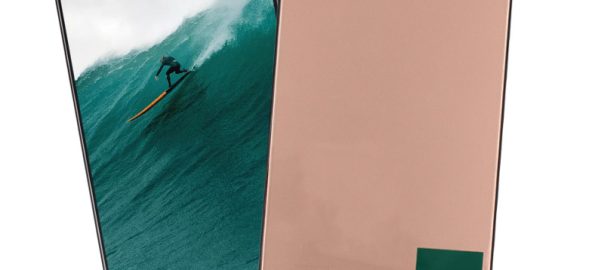
What Are Mobile Phone LCDs?
Mobile phone LCDs are the flat panels that display images on your smartphone’s screen. The most popular type is IPS (In-Plane Switching).
They have wide viewing angles and superior color reproduction. They are also cheaper to produce than other types of displays. This is why they are used in most smartphones.
Colors
The main colors available on mobile phone LCDs are red, green and blue. They are controlled by a color filter that reflects different wavelengths of light at the same time. The color filter is usually made of a material like plastic or special glass, and can be printed on or embedded in the display.
In addition to the standard color filters, there are also other technology improvements to enhance the quality of mobile phones with LCD screens. For example, Samsung developed Super AMOLED and Dynamic AMOLED, which improve the organic materials to achieve a wider dynamic range. This allows the screen to have more dark details and better performance under bright sunlight.
Another improvement is IPS-LCD, which is used on many high-end smartphones. This type of screen has a lower power consumption and wider viewing angles than normal TFT LCDs. It also offers superior colors and higher contrast ratios. It is the same technology that Apple uses for its Retina Display. This is a big advantage over the older TN LCD technology that most competitors still use in their products.
Brightness
The maximum brightness available on Mobile phone LCDs is measured in lux (a standardized unit of luminosity). This measurement indicates how bright the screen can be when there is no ambient light.
If you are using a lux meter directly over the display it should read approximately 200 lux. This is because the screen reflects some of its own light, which lowers the measured value.
Liquid Crystal Display screens are cheaper to produce, so they tend to be found on budget phones. However, they have the disadvantage of requiring a back light that uses up your battery quicker.
OLED is a more advanced screen technology and it is being used in the top flagship phones. It has the advantage of being able to turn off individual pixels, which allows for pure blacks, and also requires less power than an LCD. The drawback is that OLED screens are more expensive to produce and can have defects. For this reason, some manufacturers offer a zero-defective-pixel guarantee for OLED smartphones. This is a good idea as a defective pixel can affect the overall image quality of the display.
Contrast
The contrast available on Mobile phone LCDs is Mobile phone LCDs largely determined by the type of display technology used. The two most common are AMOLED and LCD. AMOLED offers higher color gamut and better contrast than LCD, allowing for brighter and more vibrant images.
LCD uses a backlight to illuminate the pixels. This can be either LED or CCFL, although the latter is less efficient and consumes more power. This can cause a drain on the battery, and is also prone to light leakage, which can be annoying to some users.
In-plane switching (IPS) is the Mobile phone LCDs most popular and best LCD screen technology. It allows the liquid crystals to be reoriented in-plane, so they appear as a single plane rather than individually on each pixel. This results in better image quality and viewing angles, as well as better outdoor or direct sunlight visibility.
IPS displays are also more responsive to touch, as the pixel layers have a thin gap between them. When a finger or stylus touches the screen, this gap closes, triggering an event/action in the mobile phone.
Refresh Rate
Samsung’s Galaxy S21 range debuted a new feature for smartphones — adaptive refresh rates. This increases the number of times a screen redraws an image per second, but it’s also possible to reduce this rate when you aren’t viewing anything too demanding on the screen.
This makes scrolling through images or webpages much smoother and can make fast-paced games like PlayerUnknown’s Battlegrounds look a lot more slick. You can toggle this setting through your phone’s settings.
It is important to note that a higher refresh rate can have a negative impact on battery life as it uses more power to keep the screen updated. This may not be an issue if you only use your phone for reading or other light tasks, but for video content and gaming it might become apparent.
Some phones can even change the refresh rate to suit your activities; this might include keeping it on 60 Hz when you’re just watching a YouTube video, but switching to a 120 Hz refresh rate when you’re playing games or using your camera.
Damage
Most people don’t realize that their phone has two separate parts: the glass touchscreen and the LCD. The LCD is responsible for the actual display of images, whereas the digitizer reads touch input and transmits it to the screen. If your smartphone’s LCD is damaged, you will experience several problems that will gradually get worse.
The most common problem is the appearance of lines or blotches on your phone’s LCD screen. This could be caused by dust or liquid damage. It’s important to book a repair immediately if you notice these symptoms.
Another common problem is the failure of one or more pixels to emit or absorb light. This causes them to turn black or dark. There are a few online tips to fix this issue, but they are not guaranteed to work.
Most mobile devices have a Liquid Damage Indicator (LDI) that will show if the device has come into contact with water. This indicator is usually white when the device is new, and pink or red if it has been exposed to liquid.
